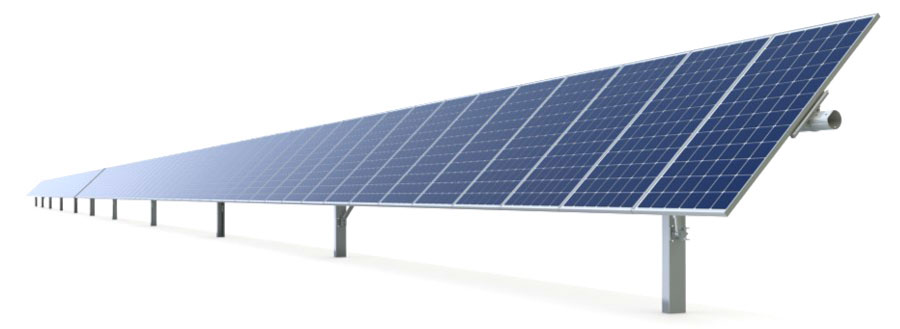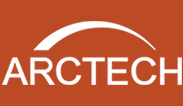Tracker Benefits V.S. Fixed Structure System Benefits After 25 Years
For big investment projects with longer operation period, each link in the chain can be the shortest wood in the wooden buckets effect. As one of the key structural components of the whole PV power plant, PV tracking system has significant impact on the generation of positive-system yield. On the other hand, fixed mounting system cost is relatively small compared with the whole project cost and traditionally considered as low-tech, which has made fixed mounting structure always as “the second option”.
As China PV market has undergone dramatic development both in demand and technology in last decade, mounting systems are not only the supportive parts but also significant component that could increase power generation and reduce costs.
Nowadays, mounting systems in the market consist of fixed mounting structure and tracking system. In the following chart, we compare the revenue and costs between tracking and racking systems used in the PV power stations.
Tracking system V.S. Racking system

Foundation Cost
Because of the declining feed-in tariff and rising steel and galvanization price, we choose a project which located at Anhui as example. This project combines agriculture and a 10MWp solar project, and the local feed-in tariff is 0.85CNY/kWh.
According to the local terrain environment, 1MWp mounting structure covers an area of 13667 ㎡ and if arranged as 23*2, the foundation poles needed per MW is 460. 1MWp tracking system covers an area of 15667 ㎡ and foundation poles needed per MW is 176, the total cost difference between fixed mounting structure and large span tracker(5°tilt) is 0.034 CNY/W.
Investment Pay Back Period
Through importing local weather data and calculation, the annual power generation of 1MW fixed mounting structure is 1081157kWh and for 1MW large span tracker (5°tilt) is 1189273kWh, the power generation can be increased by 10% when using large span tracker (5°tilt) as against fixed mounting structure. And then we can calculate the extra cost recovery period like this:
Total price of tracking system - total price of fixed mounting structure
(Power generation of tracking system – power generation of fixed mounting structure) *local on-grid price
We take the project in Anhui as an example, the calculation of 1MW is as below:
34000
(1189273-1081157)*0.85 ≈ 0.4
So as for the extra costs compared with fixed mounting structure, the investment pay back period of using large span tracker is only 0.4 year.
Annual Increased Profit
The final objective of tracking system is to help PV power plants generate more efficiently, and we can calculate the increased profit as follows:
Increased benefits = (power generation of tracking system – power generation of fixed mounting structure) *module attenuation rate* local on-grid price*(10-cost recovery period)
(Note: the increased revenue in 10 years)
For example, when the project locates in Anhui, the local on-grid price is 0.85 RMB/kWh, for 1MW capacity,
Operational period: 1-10 years
Tracker Increased Profits:(1189273-1081157)*0.94*0.85*(10-0.4)=829,293RMB
Operational period: 11-15 years
Tracker Increased Profits: (1189273-1081157)*0.89*0.85*(15-10)=408,948.8RMB
Operational period: 16-20 years
Tracker Increased Profits:(1189273-1081157)*0.86*0.85*(20-15)=385,164RMB
Operational period: 21-25 years
Tracker Increased Profits:(1189273-1081157)*0.83*0.85*(25-20)=381,379.2RMB
In conclusion, 1MW large span tracker (5°tilt) can increase more than 2.01 million RMB compared with fixed mounting structure after 25 years. In the same way for a 10MW project, the increased revenue can reach up to 20.15million RMB.



.jpg)

